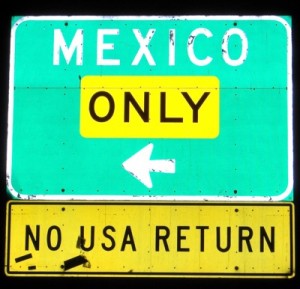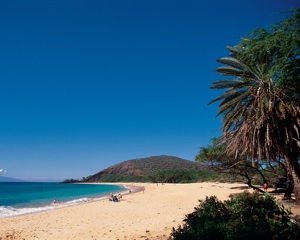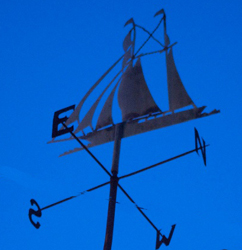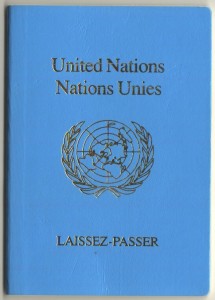“Running naked” refers to the decision to forego insurance for known risks. It is an increasingly popular strategy among states experiencing budget constraints. But it is risky. Pre-financing a natural disaster through insurance is more cost-effective than financing recovery but for governments with falling tax receipts, the temptation to forego insurance arises if probability of a natural disaster is low. Funds spent on insurance premiums are not recoverable, which could lead to regret when funds are diverted from other programs for insurance coverage and the storm season proves mild. To save resources following the credit crisis, states are cutting public reinsurance programs to save premium expense. For example, less than one year after reinsurers paid $1.5 billion in claims related to Hurricane Ike, Texas opted out of its reinsurance program to save premium expense. California soon followed.
Governments typically fund emergency and relief efforts and rebuild public infrastructure after a disaster by issuing debt, raising taxes or reallocating funds from other budget items. These alternatives are considerably more expensive than pre-financing risks, but the states are presumably gambling that the federal government will bail them out in the event of a major natural disaster. European governments have also been cutting their pre-disaster risk bills to alleviate budget strains. But the gamble may not pay off. The U.K. this year experienced unexpected flooding in some parts of central and western England. In any given year, 30% of floods occur in regions that have no prior history of flooding, making the choice to forego insurance a risky one.
Ironically, developing countries are moving in the opposite direction. They face considerably greater challenges, such as the awful trade-off of limited resources and compelling needs to invest in education, health and other infrastructure. To resolve these competing interests, the World Bank structured its MultiCat Program to allow countries to purchase cost-effective coverage through the capital markets for various threats, including floods, earthquakes, hurricanes and windstorms. The first such program was structured in Mexico.
Will the bet pay off? Should a major disaster strike California or Texas, residents of those states will face onerous tax increases if they cannot persuade the federal government to bail them out. But even should the U.S. be lucky enough to avoid a major catastrophe, we are at risk of ceding the lead in financial innovation to other countries.








